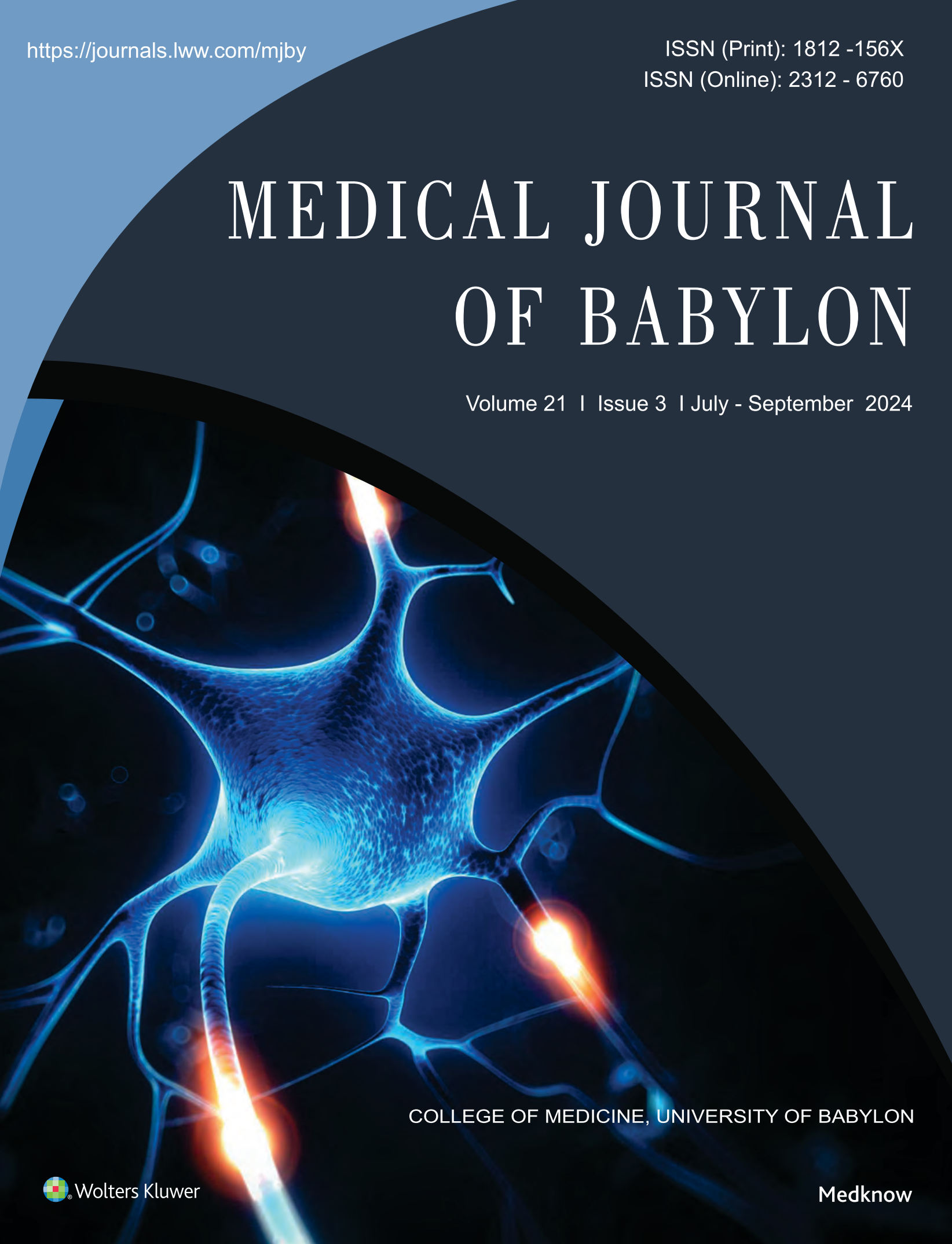Abstract
Lumbar spine stenosis is a degenerative osteoarthritic change. The common presentations are pain in the lower extremities, weakness,
numbness, and neurogenic claudication. The management of lumbar spine stenosis is controversial. The aim of this review is to evaluate the
best evidence‑based management for the patients with moderate severity degenerative lumbar spine stenosis with radiculopathy. The review
included the evidence‑based reports relevant to lumbar spinal stenosis and their management (nonsurgical and surgical), with no restriction
on patient‘s age or gender. The exclusion criteria were all case series, cohort, and Level V evidence. The relevant references of the systematic
reviews and meta‑analysis were considered. The quality of the literature was performed using the assessment of multiple systematic reviews
appraisal tool. Six systematic reviews were considered in our review for further analysis. The majority of the reports showed the preferable
outcome of the surgical intervention over conservative therapy regarding leg pain and disability. The complication rate from decompressive
surgical intervention was estimated at 18%. Minimal invasive surgery had a preferable outcome in preventing iatrogenic spondylolisthesis.
The epidural injections were effective. Calcitonin therapy had no significance. Similarly, there was no supportive evidence for physical therapy
regarding the long‑term outcome. The management decision depends on the severity of the stenosis through the clinical and the radiological
finding to improve the outcome
numbness, and neurogenic claudication. The management of lumbar spine stenosis is controversial. The aim of this review is to evaluate the
best evidence‑based management for the patients with moderate severity degenerative lumbar spine stenosis with radiculopathy. The review
included the evidence‑based reports relevant to lumbar spinal stenosis and their management (nonsurgical and surgical), with no restriction
on patient‘s age or gender. The exclusion criteria were all case series, cohort, and Level V evidence. The relevant references of the systematic
reviews and meta‑analysis were considered. The quality of the literature was performed using the assessment of multiple systematic reviews
appraisal tool. Six systematic reviews were considered in our review for further analysis. The majority of the reports showed the preferable
outcome of the surgical intervention over conservative therapy regarding leg pain and disability. The complication rate from decompressive
surgical intervention was estimated at 18%. Minimal invasive surgery had a preferable outcome in preventing iatrogenic spondylolisthesis.
The epidural injections were effective. Calcitonin therapy had no significance. Similarly, there was no supportive evidence for physical therapy
regarding the long‑term outcome. The management decision depends on the severity of the stenosis through the clinical and the radiological
finding to improve the outcome
